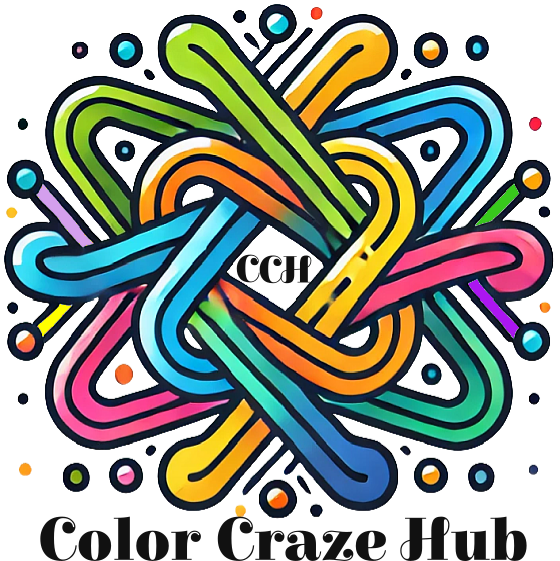Let’s examine the world of vibrant colouring with markers! Whether you are a seasoned artist or just starting your creative journey, understanding different techniques with markers can significantly enhance your artwork. Markers are versatile tools that can bring your illustrations to life with brilliant colours and fine details. In this tutorial, you’ll learn several methods to achieve stunning results using markers.
First and foremost, selecting the right type of marker is necessary for achieving vibrant colours. Alcohol-based markers, like Copic or Prismacolor, offer excellent blending capabilities and rich pigments. Water-based markers are great for layering, but they may not achieve the same level of vibrancy as alcohol-based options. Depending on your project, choose the markers that best fit your needs to ensure vibrant output.
Once you have your markers ready, it’s time to explore blending techniques. Blending is a vital skill that will elevate your colouring game. Begin by applying a base layer of your first colour, then use a lighter shade to blend over the edges where the two colours meet. This gentle transition not only smooths out harsh lines but also creates depth. If you want to experiment, use a colourless blender marker to further push the colours together, producing a seamless gradient.
Another fun technique is layering, which adds complexity and richness to your work. Start by laying down a light base colour, allowing it to dry completely. After that, gradually add darker shades. Layering multiple thin coats helps in maintaining the vibrancy while allowing for a more controlled adjustment of hues. If you want to try something different, use contrasting colours to create striking effects. For instance, pairing warm tones like oranges and reds with cool tones such as blues or greens can result in visually captivating artwork.
To achieve texture, you can also employ various strokes and patterns. Using the tip of your marker, practice different styles like hatching, cross-hatching, stippling, or scribbling. These techniques can give your artwork texture and dimension, providing an interesting visual appeal. Be bold in experimenting with different stroke techniques to see how they can elevate your designs!
In addition to these techniques, working with highlight and shadow can add an extra punch to your colouring. For highlights, leave some areas blank or use a white gel pen for a striking finish. For shadows, use a darker shade of the colour you’re working with to create depth. Applying darker colours on one side of your subject can mimic the effects of light and shadow, making your work appear more three-dimensional and lifelike.
Lastly, always keep practicing! Your abilities will grow alongside your techniques. Colouring with markers should be enjoyable, so don’t hesitate to try new things and find your unique style. Join online communities, watch tutorials, and attend workshops to learn even more. With time and practice, you will master these techniques and bring your artistic visions to life with vibrant colours that captivate and inspire.




